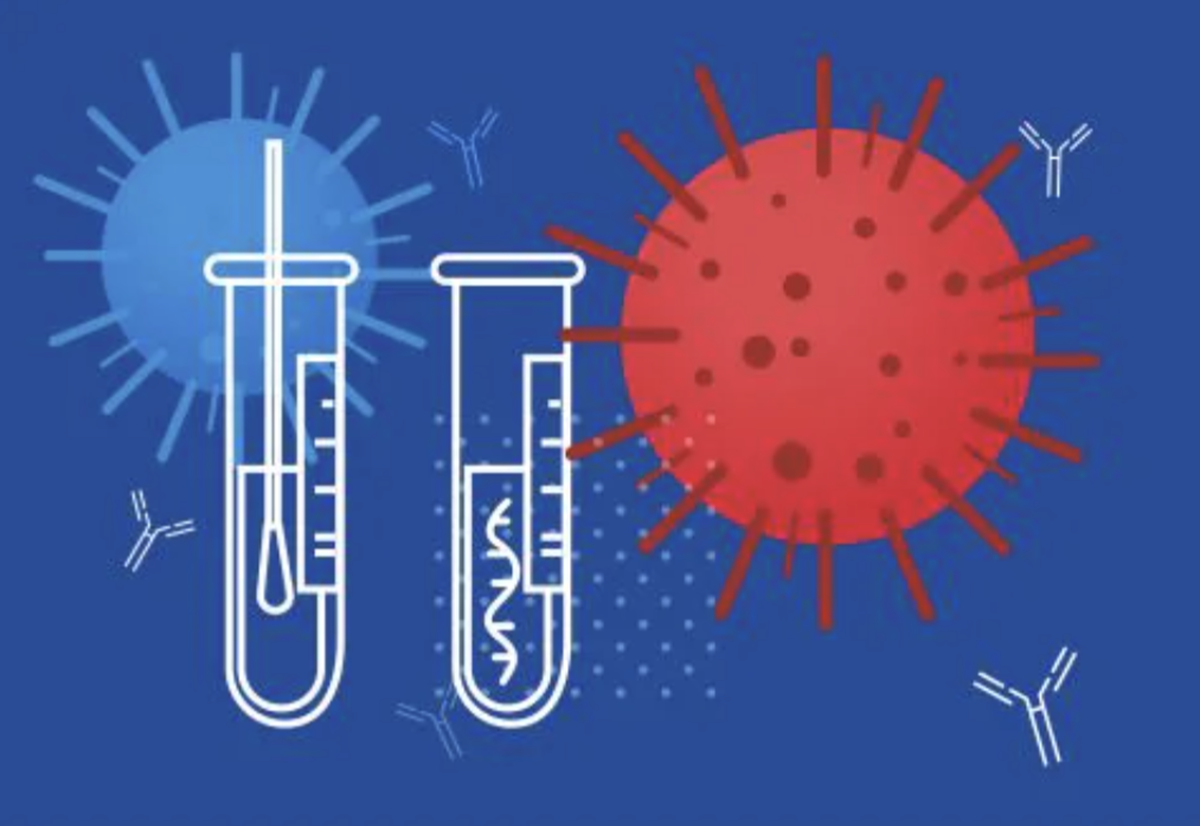 Photo by Toa Heftiba on Unsplash
Photo by Toa Heftiba on UnsplashSerological modelling
Posts

WHAT DOES IT MEAN TO BE INFECTED?
Unpacking the blurred lines between biology, diagnosis, transmission, and immunity
Defining infection is like reading tarot cards - the interpretation depends on who’s asking and what they’re looking for. You wake up with a sore throat. You take a lateral flow test, negative. The next day, still negative. A PCR comes back “positive”. Meanwhile, your flatmate tested positive on a rapid test but felt fine throughout.
So who was infected? You, your friend, both, or neither?
It sounds simple, but defining someone as “infected” is not as clear-cut as it first appears.
Publications
serojump: A Bayesian tool for inferring infection timing and antibody kinetics from longitudinal serological data
A Bayesian tool for inferring infection timing and antibody kinetics from longitudinal serological data, validated with SARS-CoV-2 data from The Gambia.
Post-vaccine HAI antibody kinetics are driven by pre-vaccination HAI titre and vaccine history
This study explores how pre-vaccination HAI titres and vaccination history influence post-vaccine antibody responses in influenza vaccines. It finds that individuals with lower pre-vaccine antibody levels experience a larger and longer-lasting antibody boost after vaccination, while frequent vaccine recipients show a diminished response. The study emphasizes the importance of considering individual pre-vaccine antibody levels and vaccine history when interpreting post-vaccination antibody dynamics.
Risk factors for SARS-CoV-2 seroprevalence following the first pandemic wave in UK healthcare workers in a large NHS Foundation Trust
This study measures SARS-CoV-2 seroprevalence among UK healthcare workers following the first COVID-19 pandemic wave and explores risk factors and assay sensitivity.